Easter grocery shopping costs a lot of money. In 2021, Americans spend $21.7 billion on their Easter grocery shopping. More specifically, we spend at least $107 on Thanksgiving: $31 on gifts, $52 on food, and $25 on candy. And that still doesn’t take into account spending on other Easter activities like egg-painting or Easter lily shopping.
To avoid overspending on Easter, many opt for cheaper alternatives for their shopping needs. However, many of these alternatives come from unsustainable practices to reduce their prices. Take egg painting, for example. These colorful eggs look gorgeous but are potential environmental hazards when painted with cheap paints or unsustainable packaging.
For any environmentally conscious shopper, going green or going cheap is an impossible dilemma. Luckily, Tenere is here to solve your situation with our sustainable shopping tips for a greener Easter right here.
1. Shop with your own (sustainable) bags

When checking out for your groceries, the cashier often puts your purchases into plastic bags. Because they are light, convenient, and cheap to produce, most shoppers won’t give two cents about their environmental impact.
Why is it a problem?
Plastic bags are a big problem for the environment. An American family will use around 1,500 plastic bags per year, with most of them ending up in landfills or waterways. Since the material is non-biodegradable, plastic bags take a long time to disappear. While plastic bags are convenient, they make your shopping a lot less sustainable.
What can you do for a greener Easter?
This Easter, instead of using the plastic bags provided by the store, shop with your reusable bags or containers. Washable materials that allow more use than other bags will allow a greener approach to your Easter shopping this year.
Tips: Cotton and jute tote bags are best friends with environmentally conscious shoppers. Just make sure not to forget them before going shopping, or you will have to use the pre-provided plastic bags.
2. Shop local or at farmer’s markets
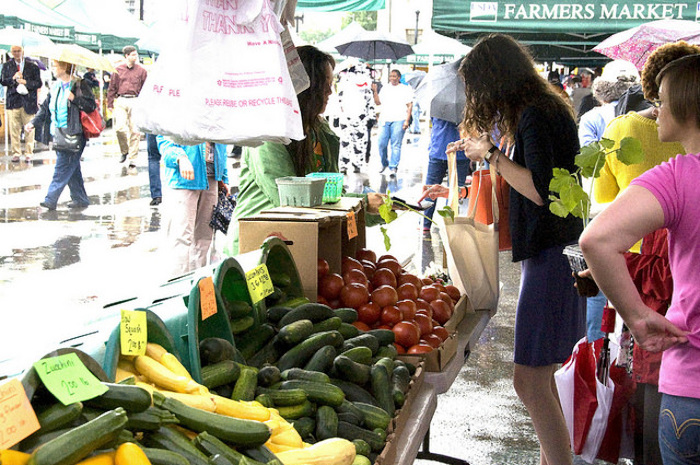
When going Easter shopping, top retailers like Walmart or Amazon will have anything and everything you’d need, from pre-dyed eggs to cooking ingredients. This makes them the ideal places to do Easter preparation.
Why is it a problem?
Retailers, for all their convenience, are rarely known for their sustainable food. Most of their products come from factory farms where chemical fertilizers, herbicides, and antibiotics are usually used to ensure the maximum yield of crops.
Factory farms are often located far away from the city. This creates a larger carbon footprint as they are transported to retailers. Factory farms are responsible for 14.5% of total greenhouse gas emissions. By shopping at big retailers, you are endorsing unsustainable practices.
What can you do for a greener Easter?
Local foods leave a noticeably smaller carbon footprint, due to their requiring less time to transport. Not only are you getting organic food here, but their prices are also lower due to the lack of transportation needed.
Instead of retailers, shop at your local farmer’s markets for fresh and organic food. Organic food is also a good choice for getting organic food at supermarkets. Usually, organic products at farmer’s markets are 38% cheaper than those sold at retailers.
3. Shop only for what you need
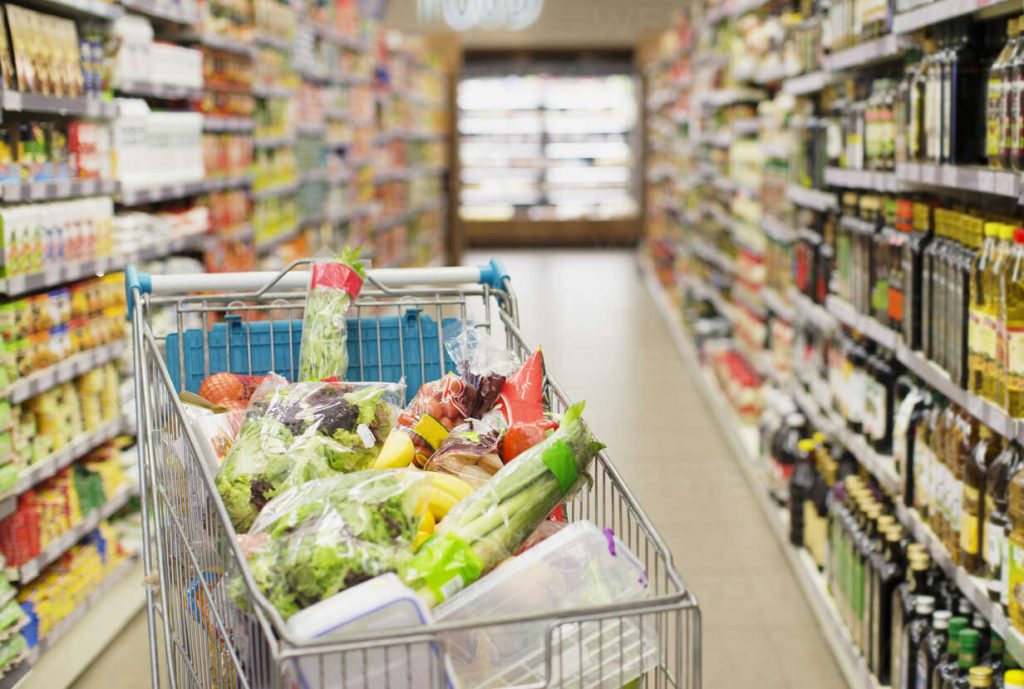
Easter preparation, while not as grand as Halloween, Thanksgiving, or Christmas, still requires you to do a lot of shopping. This easily leads you to buy too many things that you don’t need.
Why is it a problem?
Excessive shopping isn’t sustainable, especially when it is for perishable food. Food waste is the third-largest greenhouse gas emitter. Each year, the mission from US food waste alone is equal to that of 42 coal-fired power plants. At Easter, it is estimated that 4000 tonnes of food are wasted in one day, most of which is leftover from excessive shopping.
What can you do for a greener Easter?
People tend to shop more than they need. This comes from a lack of planning before shopping. To remedy this problem, simply make a plan to know what you are shopping for. Whether it’s Easter gifts, sweets, or cooking ingredients, a clear plan helps avoid shopping for things you don’t need.
In addition, most of the discarded food includes fruits and vegetables, aka food that you cannot freeze solid. Therefore, excessive shopping for perishable food can lead to increased food waste. If you are shopping for fresh veggies and fruits, buy just enough to eat.
For more general sustainable shopping tips, check out this article on sustainable shopping.
4. Shop in-season
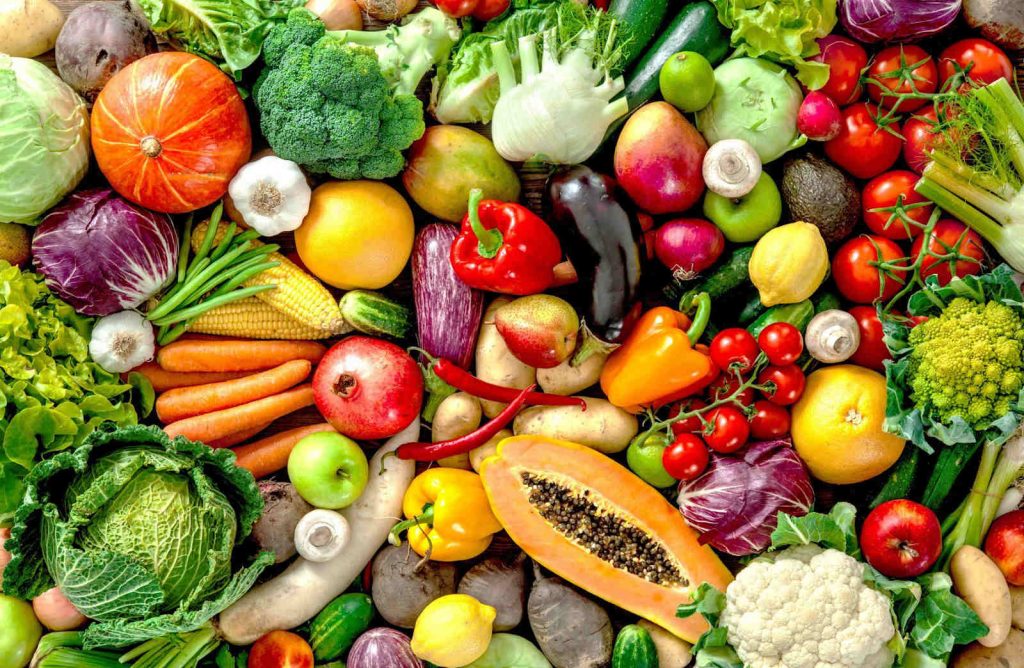
You might want to make your Easter feast more extravagant by using out-of-season recipes. As Easter falls in the spring, there might not be many ingredients for you to choose from at your local stores. This is why many go to large retailers for out-of-season ingredients.
Why is it a problem?
While a little garnishing doesn’t cause much harm to the environment, using too many out-of-season ingredients is a different story. Out-of-season or exotic ingredients require a lot of transportation before they make it to your kitchen. That means, for every mile boated, flown, or trucked, your ingredients are leaving behind a heavy carbon footprint.
What can you do for a greener Easter?
To lower the carbon footprint from transporting these ingredients, simply limit your use of them.
There’s nothing wrong with a typical Easter dish. Instead of exotic dishes, most Easter dishes only require in-season ingredients, like ham, carrots, and potatoes. If you must, try to limit your use of out-of-season ingredients to a minimum. Alternatively, look for local or in-season replacements for your ingredients.
5. Shop organic
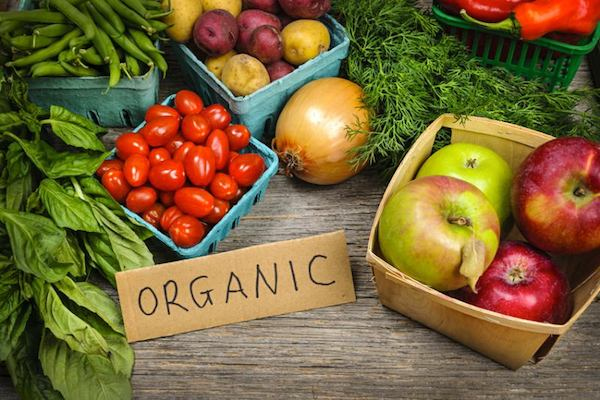
Compared to factory-farmed food, organic food costs more. Like, a lot more. In comparison, organic food is 7% to 82% more expensive than its normal counterpart. If you are on a budget, factory farm food is the more budget-friendly choice.
Why is it a problem?
As aforementioned, factory farms use lots of antibiotics, fertilizers, and herbicides to ensure healthy crops for the lowest possible cost. This, however, destroys the surrounding environment. Research shows how the fertilizers and waste from factory farms caused the largest aquatic dead zone in US history. The high level of nitrates found in the US drinking water supply is linked to factory farm fertilizers as well.
What can you do for a greener Easter?
Organic food is food grown without the use of chemicals. Not only are they healthier, but also have a less environmental impact on the environment. This makes shopping for them a tremendously sustainable grocery shopping tip.
6. Shop for food with transparent labels
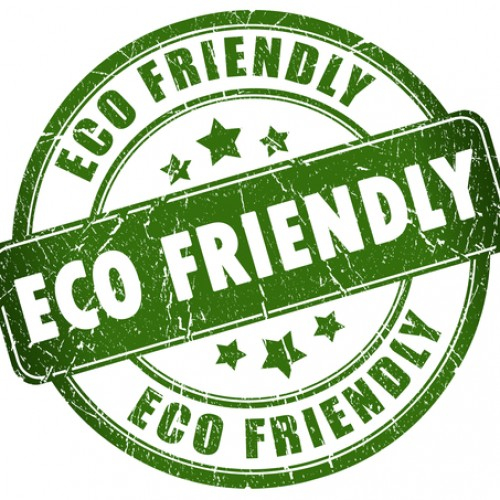
Labels help you to pick out the food that is safe to use. It also lets you see exactly what ingredients you are putting on your plates, or whether they are out of date. This is especially helpful at Easter, when the need for processed ingredients like hams is high.
Why is it a problem?
With consumers becoming more environmentally conscious, more brands are going sustainable to meet consumer demands. Some shiftier brands, however, would opt for greenwashing to attract customers while still maintaining attractive prices. This means putting ambiguous claims on their labels. For some food brands, organic products are no different than nonsustainable ones.
What can you do for a greener Easter?
Organic foods are most likely certified. Instead of agonizing over the wording on the label, just read for trustworthy certifications. The ones that environmentally conscious shoppers should pay attention to include:
- USDA Organic: this certification means the products follow The United States Department of Agriculture’s regulations on organic products.
- Non-GMO Project: North America’s most rigorous certification for non-GMO products.
- Quality Assurance International: this certification ensures that the products’ production methods are organic.
- MADE SAFE: This certification means no known harmful chemicals are used during the production.
7. Shop the perimeter
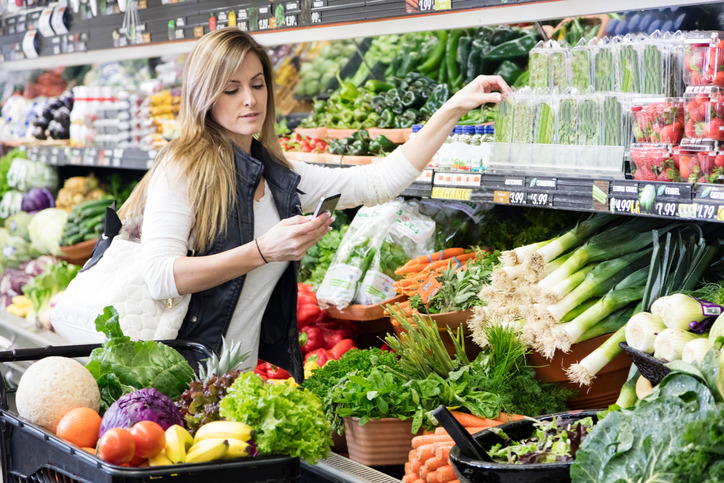
Shopping the perimeter means buying what you need in the outer aisles of the stores. The theory is based on how most stores display their products: the outermost aisle would have the freshest products, while the innermost would have processed food.
Why is it a problem?
Processed food is far from being sustainable. Typically, they are overly packaged and contain multiple chemicals and preservatives. Another environmental pitfall for processed foods is their plastic packaging. It’s estimated that 40% of plastic in landfills comes from plastic packaging – think cookie and chip bags.
What can you do for a greener Easter?
Easy enough, for a greener Easter, shop the perimeter for what you need. For sweets and gifts, make what you can, and shop only for things you cannot make yourself. This can range from chocolate eggs for your Easter egg hunt to Easter-themed gifts.
If you still want to go eco-friendly with your non-sustainable Easter gift, check out the coupon browser extension Tenere. Every purchase made via this app contributes to global reforestation efforts, reducing the carbon footprint from your online shopping.
8. Shop without receipts if possible
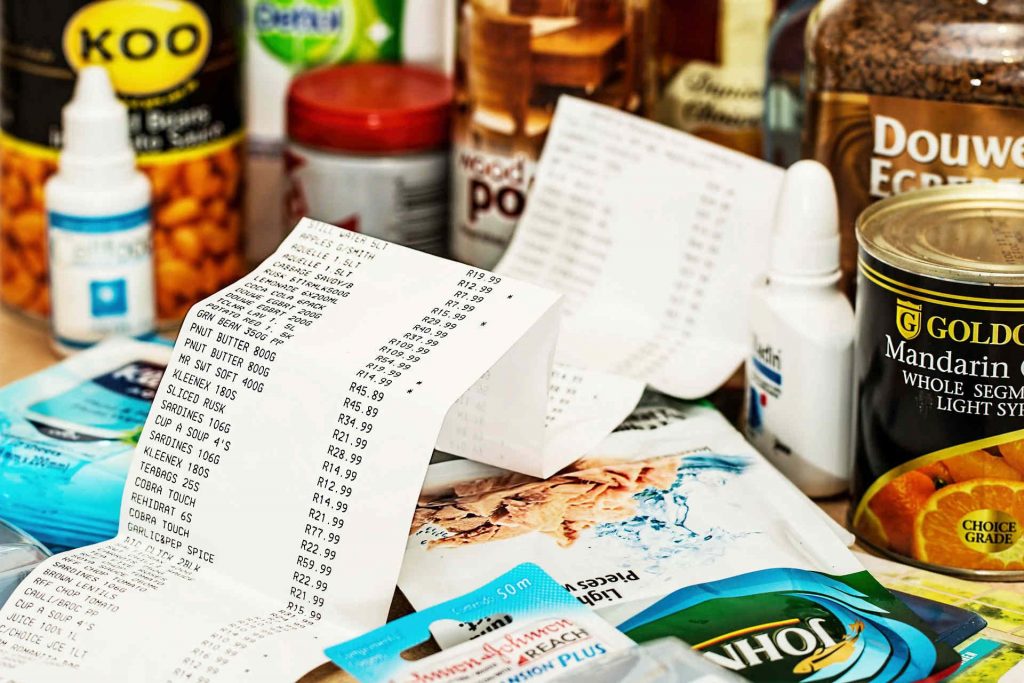
Easter shopping sometimes costs a lot. To keep track of your spending, it’s best to ask for receipts. Moreover, for sweets and gifts, receipts can come in handy for returning unwanted purchases. Many stores only accept exchange or return inquiries if you have a receipt or your purchase.
Why is it a problem?
Most receipts use heat printing on thermal paper, which is not recyclable. The majority of them end up in landfills. They become a heavy task for the environment. In the US alone, a year of receipts is equal to 4 billion pounds of CO2 during production.
What can you do for a greener Easter?
Smart shoppers need receipts. Environmentally conscious and smart shoppers use electronic receipts instead. Because they use neither thermal paper nor heat, electronic receipts make sustainable shopping a lot more possible. Just ask your supermarket for an electronic receipt for your Easter shopping and see how much more convenient they are.









